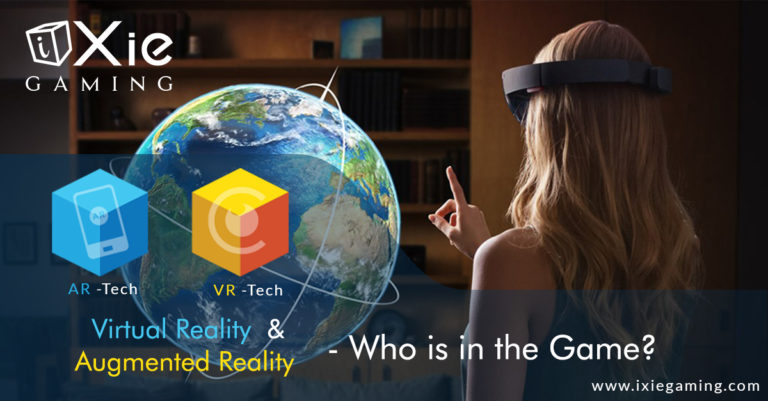AR/VR games introduce a new dimension to gaming by integrating the physical and virtual worlds. Several tools and technologies set AR/VR games apart from conventional games. Creating captivating visual experiences in VR games requires specialized visual effects (VFX) tools that can enhance immersion, realism, and overall player engagement. And VR plugins play a crucial role in simplifying and enhancing the process of creating VR games. They provide developers with pre-built components, tools, and functionality that are specifically designed to address the challenges and requirements of virtual reality development.
While there are several aspects of the AR/VR platform that distinguish it from conventional games, let’s delve into the tools that truly imbue life into games and experiences on this platform from the perspectives of both developers and customers.
Game Engines, Toolkits and Plugins
Leading game engines such as Unity3D and Unreal Engine offer robust frameworks that empower developers to create captivating VR worlds. These engines provide specialized VR development kits and tools, including Unity’s XR Interaction Toolkit and Unreal’s VR Editor, enabling seamless integration of VR features. Additionally, VR-specific plugins like VRTK (Virtual Reality Toolkit) and SteamVR Plugin for Unity offer pre-built components and functionalities that streamline the development process by providing solutions for complex mechanics, optimizing performance, enabling cross-platform support, and other specialized features. These tools collectively empower developers to harness the potential of VR technology and craft engaging experiences, while ensuring customers are immersed in dynamic virtual environments, without the need to reinvent the wheel for every project.

Spatial Mapping and Environment Understanding
AR/VR games require a deep understanding of the physical environment to create realistic interactions. Spatial mapping involves using sensors like depth cameras to scan and create a 3D model of the user’s surroundings. This model allows the game to understand the layout, surfaces, and obstacles present in the real world. In AR games, virtual objects can then be placed accurately within this mapped environment, ensuring that they interact with the physical world in a natural way. This tool is particularly important in creating convincing and immersive experiences.
Head-Mounted Displays (HMDs)
Somewhat of an identity for AR/VR experiences today, HMDs provide a virtual reality experience by displaying 3D visuals directly to the user’s eyes. These devices often incorporate motion tracking and sensors to detect the user’s movements, enabling them to look around and interact with the virtual environment. HMDs play a pivotal role in creating an immersive experience where players feel like they are truly inside the game world.

Motion Controllers
Serving as the body to the brain that is the HMD, Motion controllers are designed to replicate the player’s real-world hand movements in the virtual environment. These controllers are equipped with sensors like accelerometers and gyroscopes, enabling precise tracking of hand positions and orientations. Players can use these controllers to interact with objects, manipulate the environment, and perform various in-game actions. This adds a layer of realism and interactivity to AR/VR games that is not present in conventional games.
Conclusion
While there are various other tools and hardware involved in the creation of VR/AR games, the above-mentioned tools play a major role in distinguishing the AR/VR platform by enabling players to interact with digital content in ways that were previously impossible in conventional games. The immersion, interactivity, and integration with the real world provide a unique gaming experience that conventional games can’t replicate.






